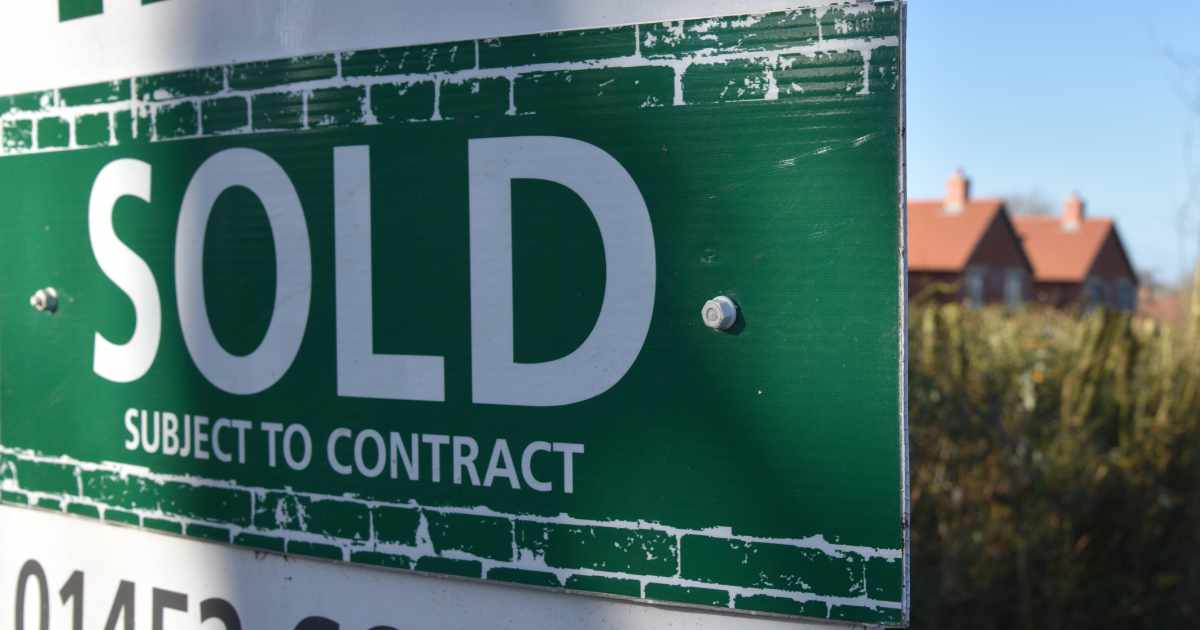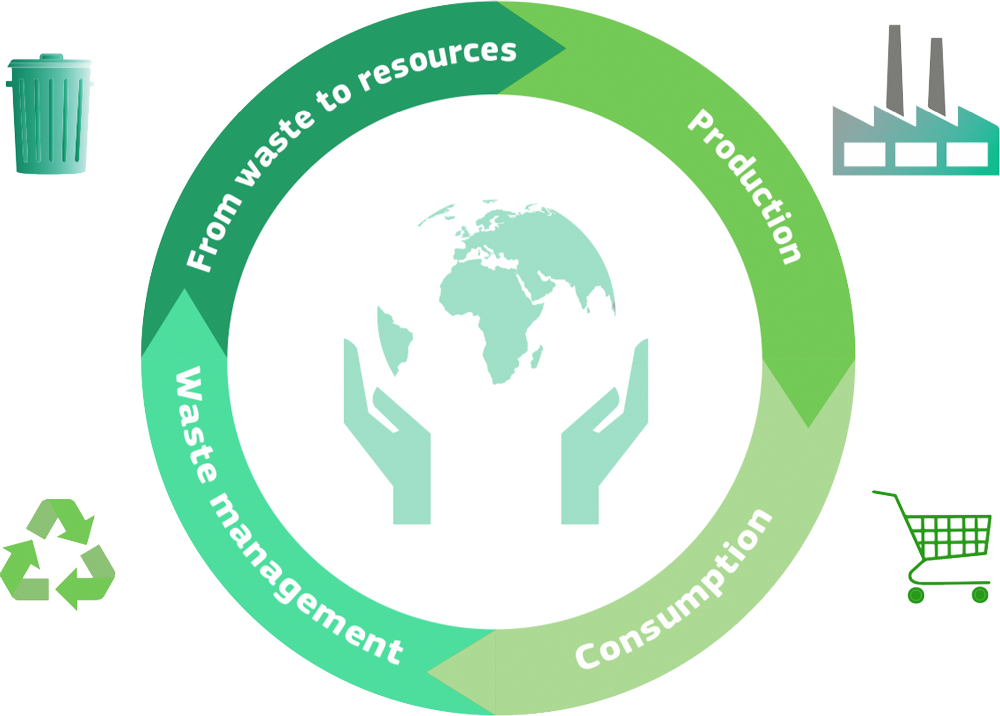Green mortgages have been around for years for building energy-efficient properties or improving existing homes. Green mortgages incentivise homeowners to reduce their carbon footprint and contribute to environmental sustainability. They work similarly to standard mortgages but can be more affordable, making it easier and cheaper for homeowners to make their properties more energy-efficient. Lenders such as Barclays, Nationwide, NatWest, Virgin Money, and others already offer green mortgage products or benefits, providing homeowners with numerous options. By opting for a green mortgage, homeowners can invest in energy-efficient homes and contribute to a more sustainable future while enjoying preferential fees, interest rates, and cashback on larger loans.

These Green mortgage products are often linked to properties achieving specific energy efficiency standards once upgraded, such as A or B-rated for energy performance. EPC’s Energy Performance Certificates help homeowners identify potential energy-saving opportunities, which not only help the environment but also save them money.
According to research by the Green Finance Institute in 2021, 83% of respondents viewed energy efficiency as important. The primary reason was to reduce energy bills, though environmental concerns were also significant. In early 2022, due to rising energy costs and international events like COP26, held in Glasgow in November 2021, energy efficiency and the urgency of climate change became hot topics for UK homeowners. Nearly 90% now consider the energy efficiency of their property as necessary, a substantial rise from Spring 2021.
2023 saw a tripling of energy bills, leaving many households struggling to pay them. This financial strain is a significant factor driving the heightened importance of energy efficiency. Suddenly, saving energy became sexy! In Spring 2021, only about 25% of respondents were likely to use traditional Finance for energy efficiency upgrades, while nearly 50% were unlikely to use it, citing reasons such as not needing Finance or concerns about using it. Rising interest rates and inflation have also driven up the cost of energy-efficient upgrades, impacting household budgets and leading to a vicious circle of growing energy bills and the cost to mitigate these increasing simultaneously.
So, whilst the Green Finance Institute (GFI) research indicates a growing consumer interest in energy efficiency, especially amidst the energy crisis, upgrading UK homes for energy efficiency is a significant challenge. Current estimates forecast a bill of £250 billion by 2050. Mobilising private capital alongside public funds is seen as a transformative solution.
Why have previous energy-efficiency government initiatives failed?
The UK Green Deal was a government initiative introduced in 2013 to help people make energy-saving improvements to their homes or businesses without paying all the costs upfront. It aimed to increase energy efficiency and reduce carbon emissions. One of its fundamental principles, known as the “Golden Rule,” states that the charge attached to the energy bill should not exceed the expected savings, and the payment period should not exceed the expected lifetime of the measures. A challenging concept to sell! It is even more problematic when the Finance is paid for through your energy supplier.
This “Golden Rule” intended to guarantee that the financing for energy efficiency improvements was cost-effective and fair. It protected consumers by ensuring that the loan repayments did not exceed the expected savings on their energy bills. The Green Deal was designed to enable households to improve their properties’ energy efficiency, creating warmer and cheaper homes to run.
Why did the UK Green Deal fail?
The UK Green Deal failed for various reasons, including poor policy design, unattractive financial propositions, complexity of the process, and a lack of marketing and information. The Department of Energy and Climate Change’s (DECC) design and implementation failed to persuade householders that energy efficiency measures were worth paying for, leading to a lack of demand and low uptake. The scheme’s failure also resulted from the “Golden Rule,” which led to an unattractive financial proposition for most households. Also, there needed to be more effective marketing and information, which was not surprising when those promoting the scheme were the same energy companies that profited from selling energy. All in all, this contributed to low household participation. The scheme’s failure damaged confidence in government efforts to improve energy efficiency in private domestic homes in the UK.
The future of home energy efficiency finance
In the last year, there’s been a decline in the likelihood of homeowners considering third-party Finance for property energy improvements, coinciding with broader affordability issues and energy bills, interest rates and inflation pressures.
The GFI analysis highlights a critical challenge – while energy efficiency is increasingly essential to consumers, traditional finance choices may need to align with the needs or desires of all those looking to boost their home efficiency rating.
In response, the UK government is also considering measures to facilitate by offering Property-Linked Finance for Home Energy Efficiency, demonstrating the country’s commitment to reducing emissions, achieving environmental targets, and releasing billions of pounds of private investment.
What are Property-linked Finance (PLF) financial solutions?
PLF solutions are yet to be available in the UK. Yet, they are thriving in the US and globally, showing promise in meeting the rising consumer interest in energy efficiency. It offers a way of linking long-term energy efficiency investment finance that stays with the property when it changes hands.
Expanding Home Energy Efficiency with Property-Linked Finance
PLF is an innovative financial model that offers a promising solution for enhancing home energy efficiency in the UK. This model, inspired by the success of the Property Assessed Clean Energy (PACE) program in the United States, presents numerous benefits for homeowners, the environment, and the economy.
Financial Innovation and Consumer Benefits:
- Flexible Financing: PLF allows homeowners to finance the total cost of energy efficiency upgrades, easing the financial burden.
- Property-Linked Approach: The unique aspect of the Finance tied to the property and not the owner ensures that the investment continues to pay off even if the property changes hands.
- Attractive for Property Buyers: Properties with energy efficiency upgrades will likely be more attractive to buyers, potentially increasing their market value.
Addressing the Payback Period Barrier:
- Immediate Benefits, Long-Term Payoff: Homeowners can enjoy the primary benefits of energy efficiency without worrying about the payback period, as the financial obligation transfers with property ownership.
Enhanced Home Comfort and Health:
- Combatting Poor Living Conditions: PLF addresses issues like dampness, mould, and excessive cold, which affect a significant portion of renters in England, including many households with children. Improved building efficiency means healthier living environments.
- Reducing Healthcare Costs: By mitigating health issues related to poor housing conditions, PLF can also reduce healthcare costs.
Economic and Employment Benefits:
- Job Creation: Similar to its impact in the US, PLF can stimulate the creation of green jobs in the UK. The US example showed substantial job creation through investment in commercial and residential building upgrades.
- Market Growth: The potential market size in the UK for energy retrofitting financed through PLF is estimated between £52 billion and £70 billion, indicating a significant opportunity for economic growth.
Environmental Impact:
- Reducing Carbon Footprint: By funding energy-efficient upgrades, PLF helps lower greenhouse gas emissions from buildings, which are a significant contributor to the UK’s carbon footprint.
- Supporting Net-Zero Goals: The initiative is aligned with the UK’s commitment to achieving net-zero emissions, especially considering the substantial investment required to upgrade the country’s building stock by 2050.
Security for Financial Providers:
- New Investment Opportunities: Financial institutions have the chance to participate in a growing and potentially lucrative market.
- Reducing Risks: Enhanced energy efficiency can reduce risks for lenders by increasing the value and resilience of the property portfolio.
Policy and Regulatory Support:
- Leveraging Public and Private Funds: PLF schemes can be capitalised by public funds and institutional investment, allowing a transition to private financing as the market scales.
- Consumer-Centric Design: PLF must be designed with strong consumer protections and in alignment with existing legislative frameworks.
Property-linked Finance could be a solution.
PLF represents a transformative approach to addressing the energy efficiency of buildings in the UK. Its potential to improve living conditions, stimulate economic growth, create jobs, and significantly reduce greenhouse gas emissions makes it a key component in the UK’s strategy to tackle climate change and energy challenges. The success of PLF, however, hinges on effective collaboration among stakeholders, including financial institutions, government bodies, and the retrofit industry, to ensure its widespread adoption and impact.
For more information, visit Green Finance Institute.
